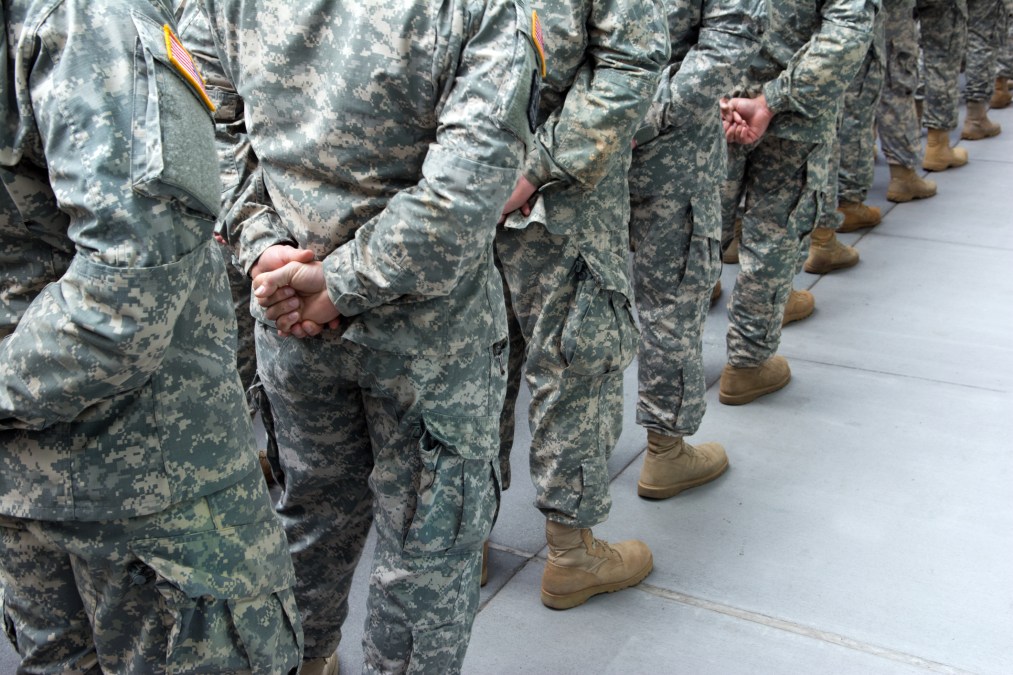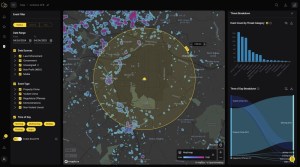GAO urges Pentagon to better define and identify its AI workforce

A key element of the Defense Department’s plan to become “AI ready” by 2025 — or fittingly organized and resourced to outcompete adversaries like China and defend against emerging artificial intelligence-enabled threats — is cultivating a workforce with deep expertise in the technology. However, a government watchdog says the Pentagon lacks key information about its employees.
According to a new report from the Government Accountability Office (GAO), the department cannot completely pinpoint who all is part of its AI workforce or which positions demand AI-specific skill sets at this time, which also makes it impossible to fully grasp the current state of its AI staff or conduct effective future-planning that’s required.
“Since 2018, DOD has made organizational changes and is investing billions of dollars to incorporate AI technology into its operations. [The Chief Digital and AI Office, or CDAO] and other staff offices within the Office of the Secretary of Defense have taken some steps to define and identify DOD’s AI workforce. However, DOD has not formally assigned responsibility and does not have a timeline for completing the additional steps required to fully define and identify its AI workforce, such as coding the work roles in various workforce data systems, developing a qualification program, updating workforce guidance, and any other actions DOD may identify,” officials wrote in the report.
They further state that “DOD’s Human Capital Operating Plan is not fully consistent with its Agency Strategic Plan and Annual Performance Plan as it relates to AI workforce issues.” As a result, implementation could potentially vary across components.
The government watchdog conducted this performance audit from January 2022 to December 2023, based on a provision in the House report accompanying the fiscal 2022 National Defense Authorization Act that explicitly required it to review DOD’s AI workforce.
Pointing to some of the agency’s past research, GAO officials note in this latest report that “DOD is currently pursuing AI capabilities for warfighting that largely focus on (1) recognizing targets through intelligence and surveillance analysis, (2) providing recommendations to operators on the battlefield (such as where to move troops or which weapon is best positioned to respond to a threat), and (3) increasing the autonomy of uncrewed systems.”
Some potential forthcoming uses for the department, they also note, include “fusing data to provide a common operating picture on the battlefield; supporting semi-autonomous and autonomous vehicles; and operating lethal autonomous weapon systems.”
The Pentagon did identify certain military and civilian occupations (like computer scientists) that execute on AI work for defense purposes. Via their audit, GAO’s analysts also verified that DOD has developed specific AI work roles — or “specialized sets of tasks and functions requiring specific knowledge, skills, and abilities.”
Among other results, though, GAO also found that Pentagon leadership has “not assigned responsibility to the organizations necessary” to complete specific additional steps that are “required to define and identify its AI workforce” — like coding the work roles in various workforce data systems and updating guidance — or a timeline to address those.
The watchdog recommended that the secretary of defense “should ensure the CDAO assigns responsibility to complete the additional steps necessary to fully define and identify DOD’s AI workforce,” and that the office establishes a clear timeline for the effort.
The Pentagon chief also “should ensure that the Under Secretary of Defense for Personnel and Readiness updates the Human Capital Operating Plan to be consistent with the Agency Strategic Plan and Annual Performance Plan relating to AI workforce issues in the next annual review,” officials wrote.
The Defense Department pushed back on some of the GAO’s findings and inclusions in the study. In its official response, the Pentagon partially concurred with each of GAO’s three recommendations after viewing a draft of the report ahead of its release — but also proposed explicit revisions of the recommendations.
For instance, GAO officials note that the department “proposed that we revise the wording of the first two recommendations to include the Under Secretary of Defense for Personnel and Readiness as a coordinating office.”
“We applaud DOD’s emphasis on stakeholder coordination and recognize the value that coordination with the Under Secretary of Defense for Personnel and Readiness and others, such as the Chief Information Officer, can add to the department’s efforts to define and identify the AI workforce. However, we did not make this change to the recommendations because of the CDAO’s existing ability to coordinate with the Under Secretary of Defense,” they wrote.
On those first two recommendations, DOD officials also argued “that there is a conflation of workforce definition and identification processes for work roles compared to occupational series,” and inaccuracies regarding the order of operations and other GAO recommendations, the report noted.
Watchdog officials took issue with that Pentagon assessment.
“We do not agree that we conflated workforce definition and identification processes for work roles compared to occupational series. We based our analysis on [Office of Personnel Management] and DOD guidance. DOD did not describe or elaborate on how the processes might be conflated in its written response or in its technical comments provided along with the response to our draft report,” they stated.
The agency’s three recommendations for DOD remain open.






